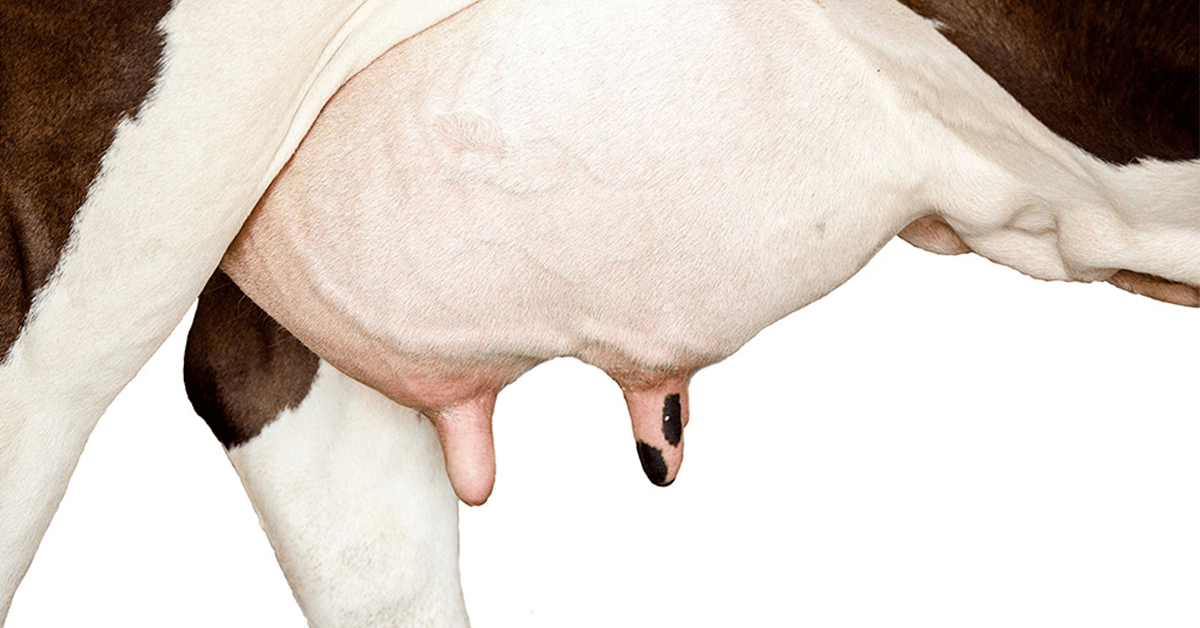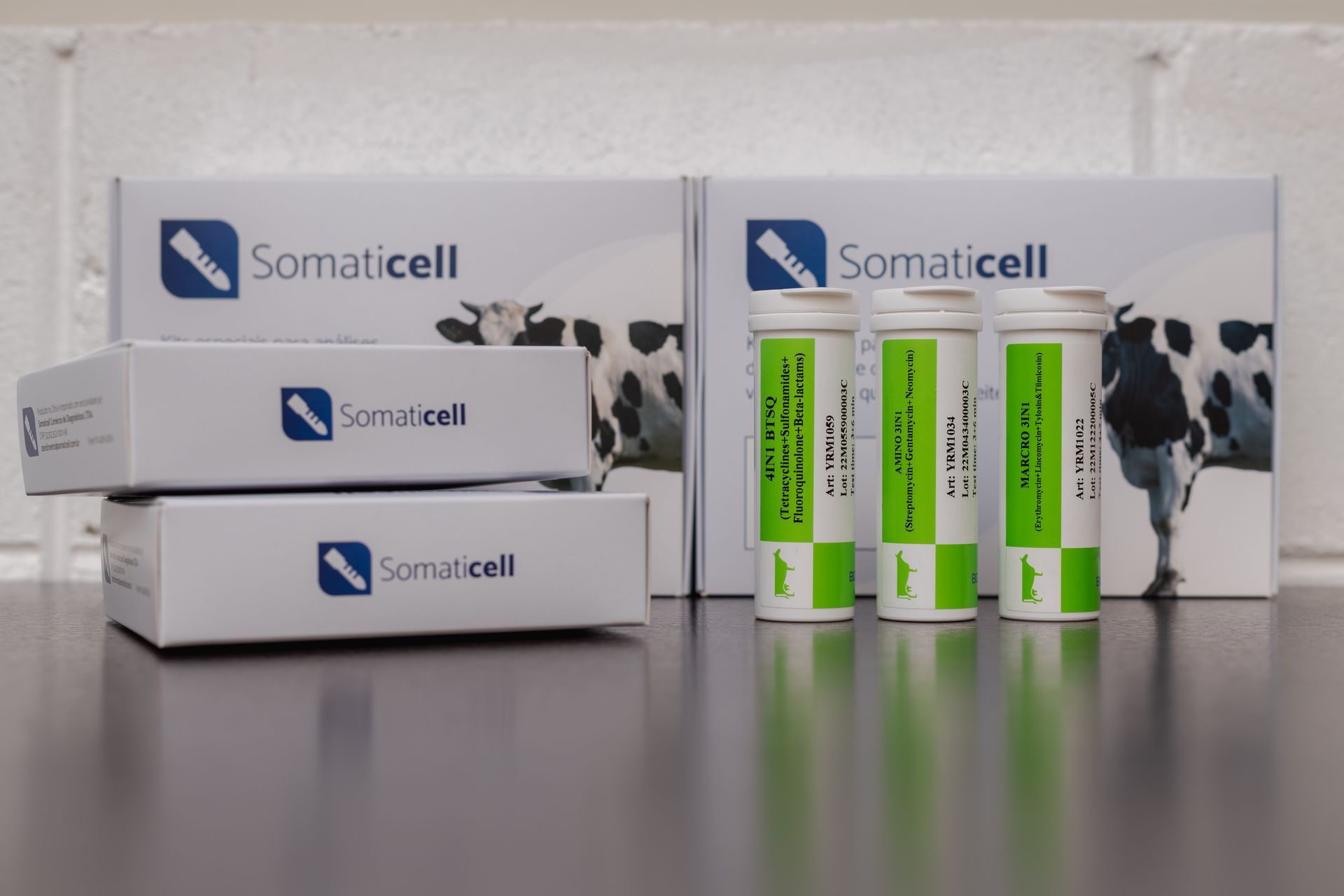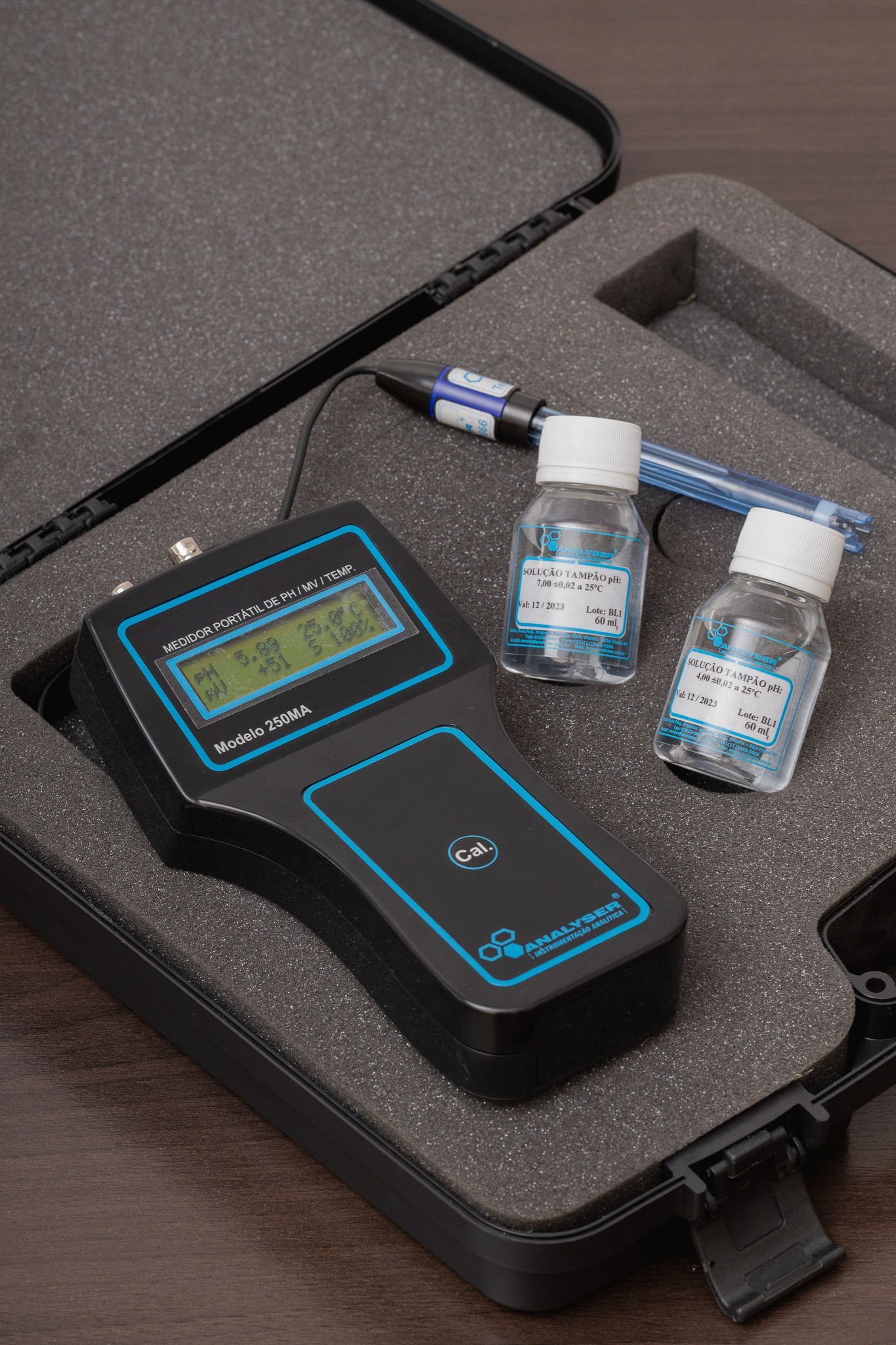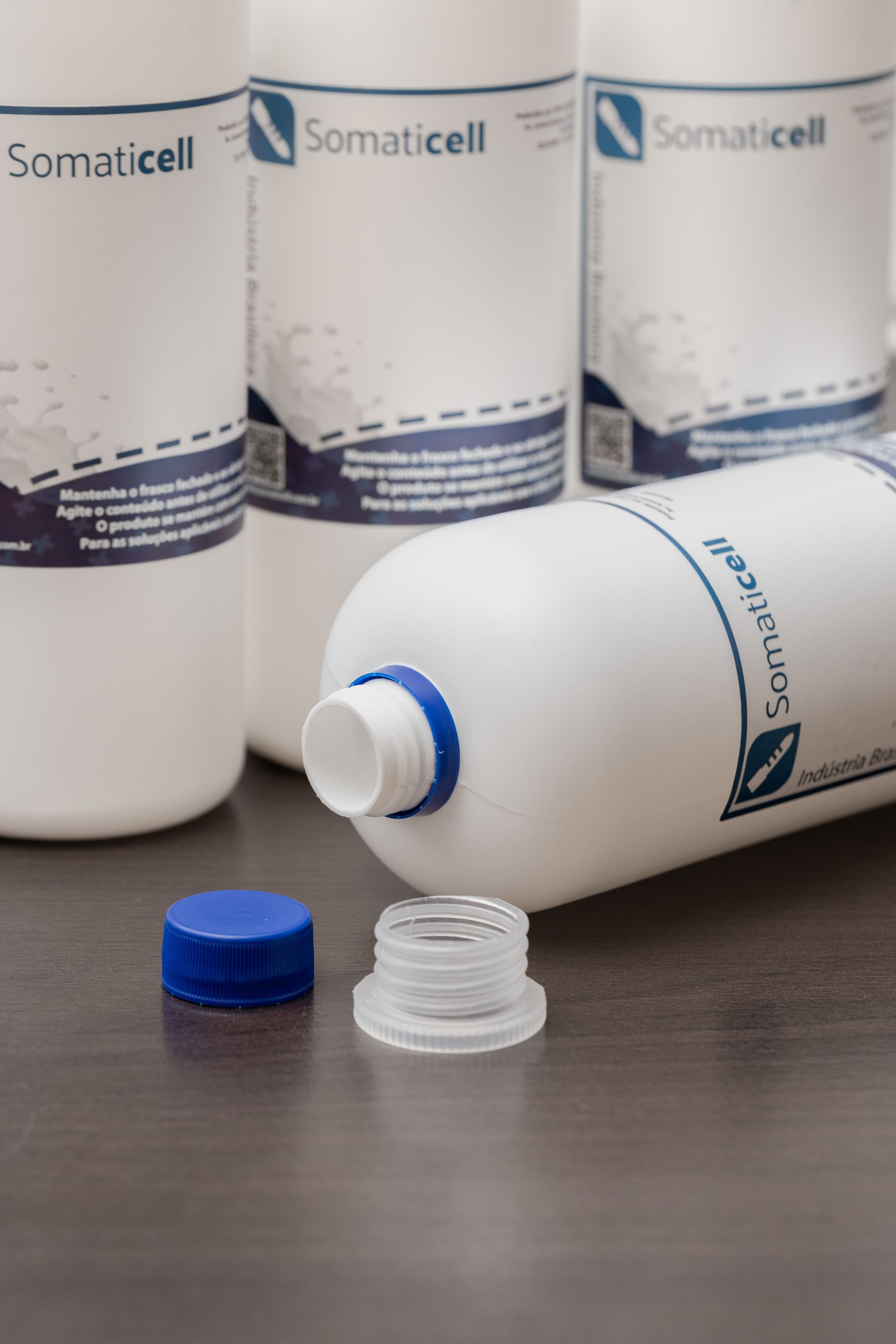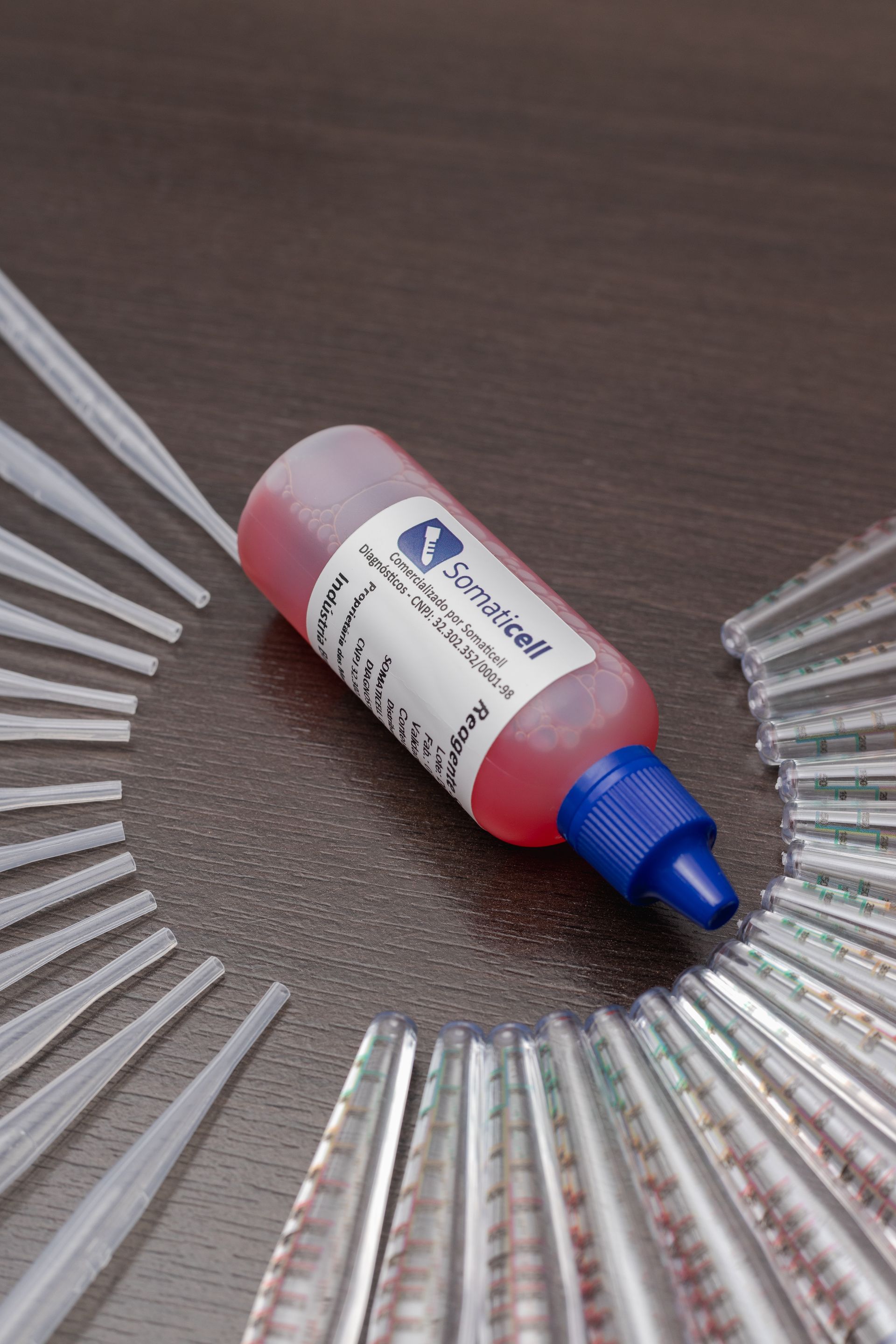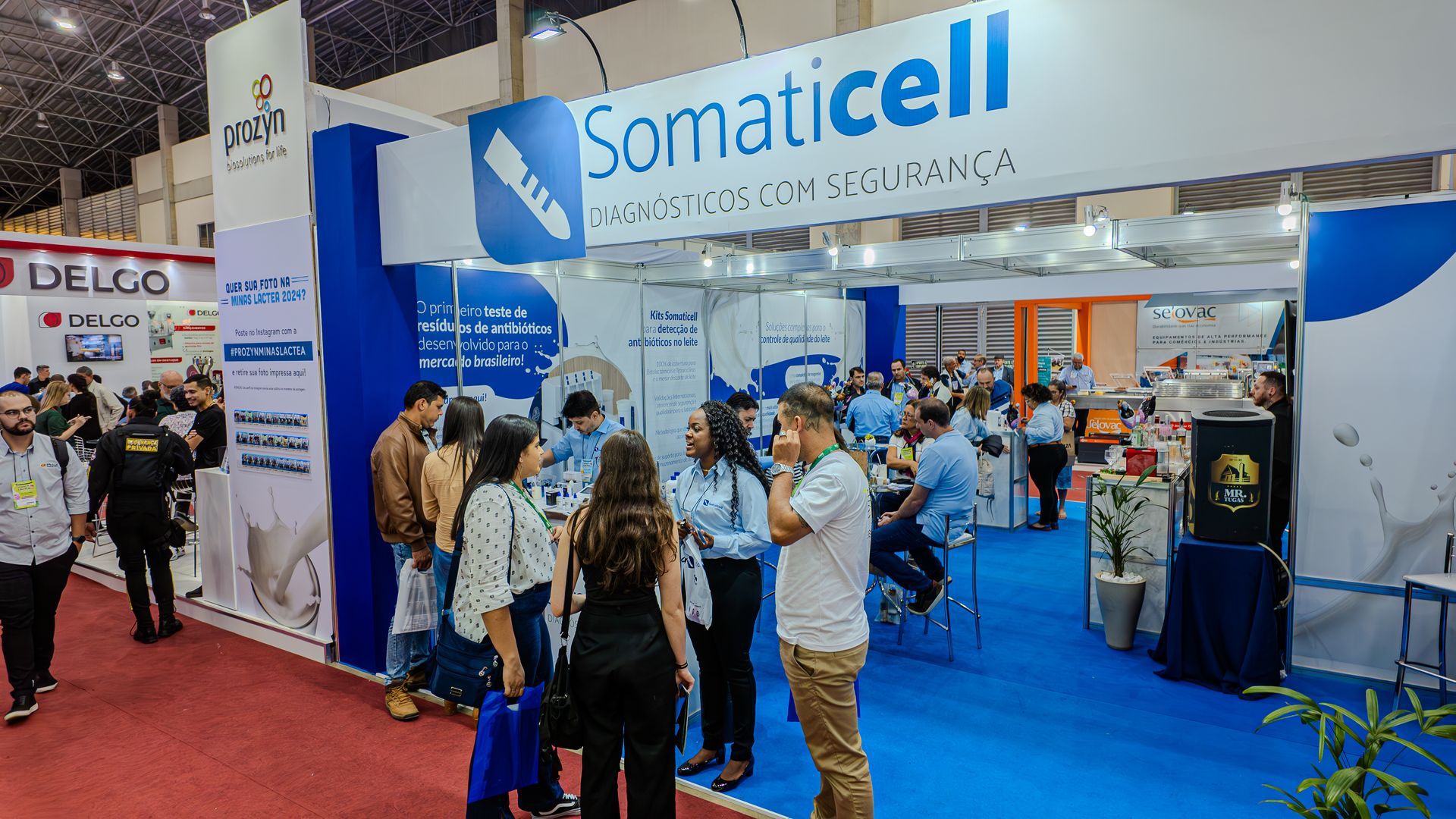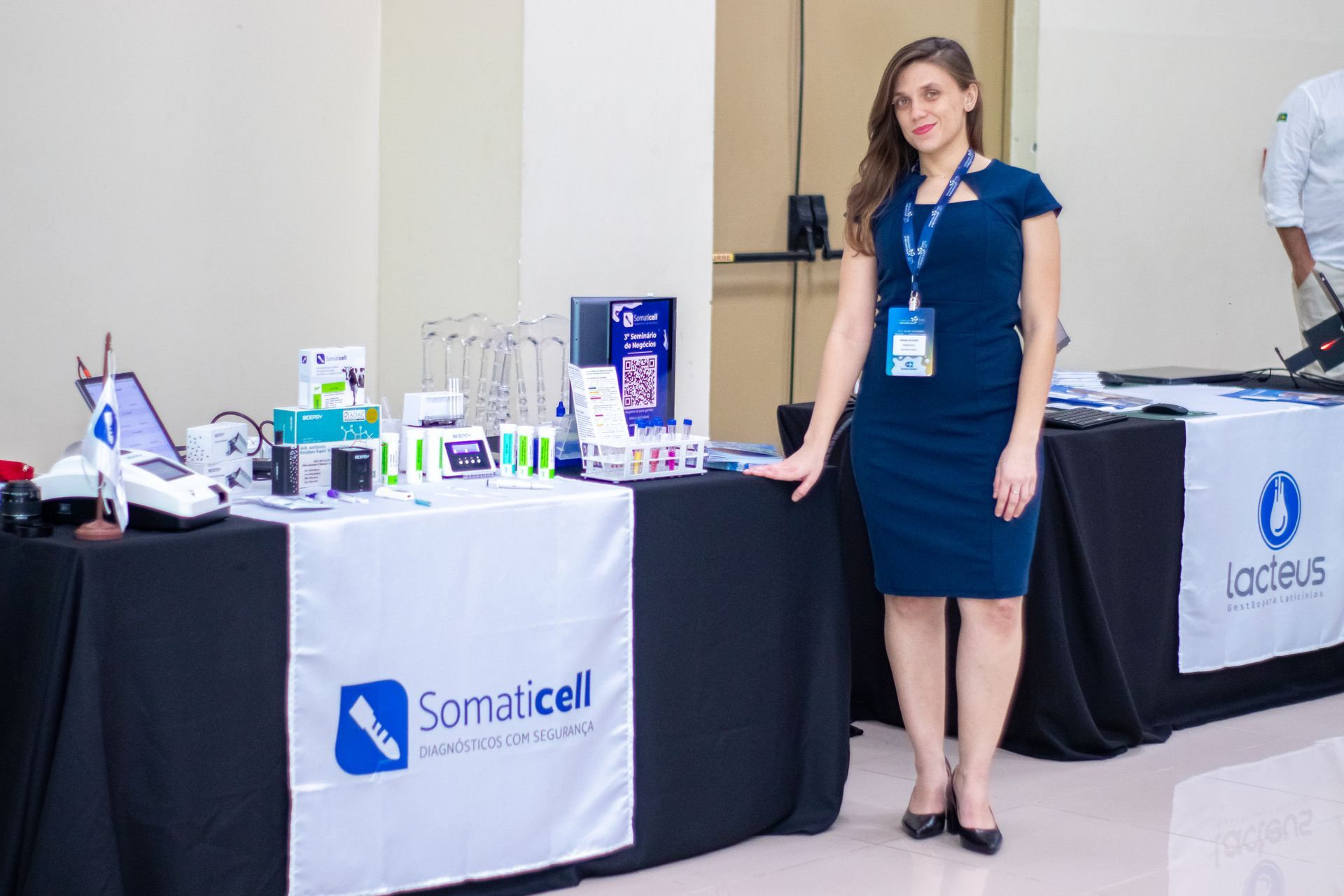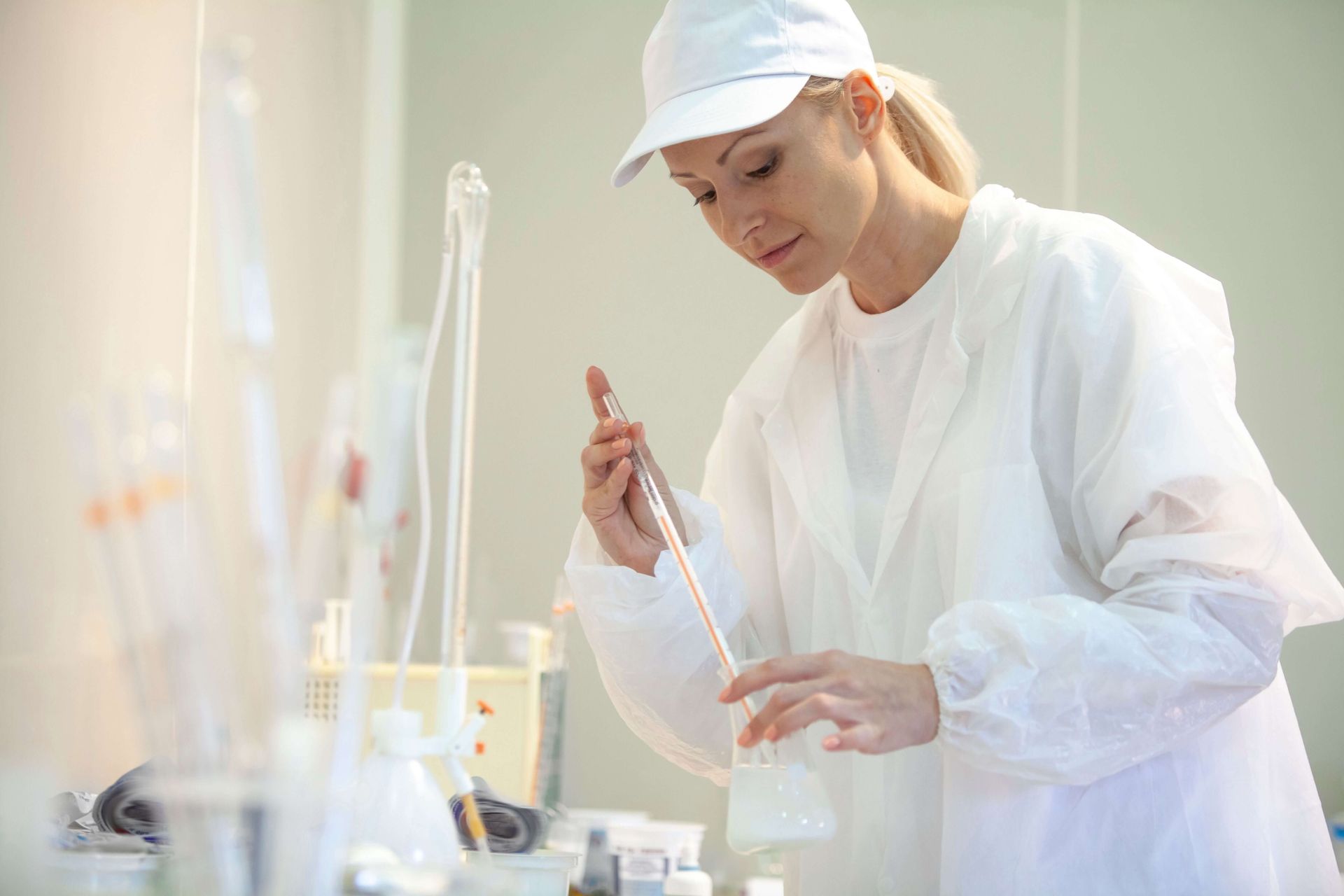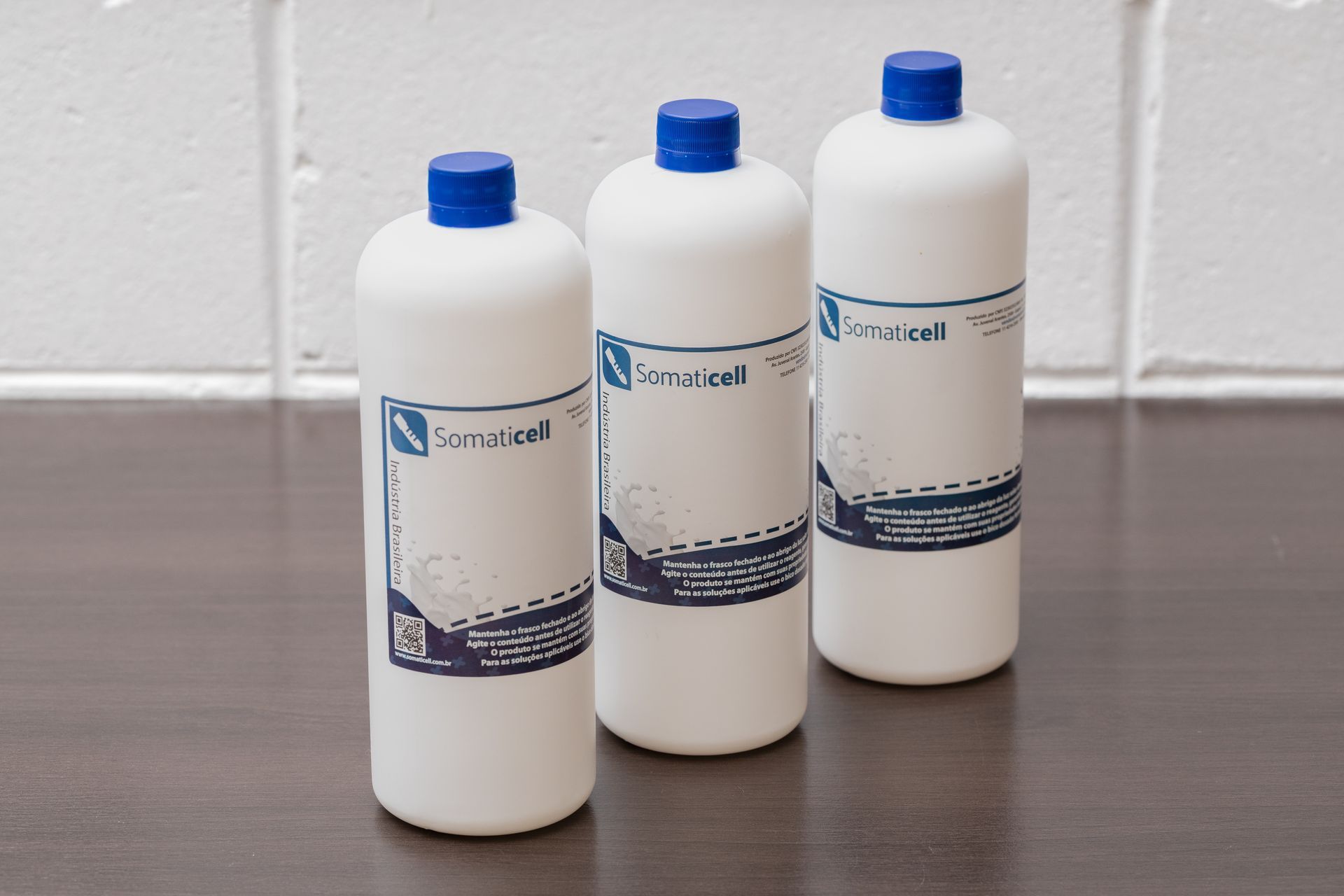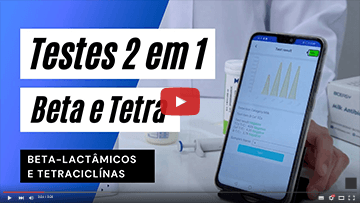Bovine mastitis: know what it is and why control it
Mastitis: A point of attention in milk production
In the agricultural context, more specifically in the context of the dairy production chain, with the increased demand for milk quality standards, a very common problem that professionals in the area need to take into account is bovine mastitis.
Essa condição pode trazer diversos prejuízos para toda a cadeia de produção do leite. Assim como para as vacas leiteiras, que têm sua saúde comprometida, afetando a sua capacidade de produção e a qualidade do leite. Desse modo, pensar em maneiras de controlar esse problema, visando o aumento da lucratividade e a sustentabilidade do negócio, se torna indispensável para os produtores leiteiros e empresários do ramo.
In this article, we highlight some information about bovine mastitis, such as what it is, what are the types and causes, why and how to control it.
Keep reading and find out more!
- What is bovine mastitis?
- What are the causes and types of bovine mastitis?
- Why control bovine mastitis?
- Good practices to control bovine mastitis in dairy cows
What is bovine mastitis?
Bovine mastitis is a very common inflammatory and infectious process that occurs in the animal's mammary gland. It brings great damage to the quality of the milk and a significant reduction in the animal's production capacity. Cows that contract the infection become debilitated and, if not promptly treated, may even die. But the most serious case is subclinical mastitis, as in addition to not being detectable without the proper indicators, it helps to spread the disease through the herd.
Mastitis, or mastitis, as we also know it, is caused by microorganisms and their toxins, irritating chemical agents and physical trauma.
However, the most common cause that affects a significant part of the cattle herd are pathogenic microorganisms. They reach the animal through the breast canal. Thus, the inflammation that occurs in the mammary gland is a reaction of the body trying to fight infectious microorganisms to try to resume the normal functions of the animal.
However, this process can cause other damage to the animal. Just to illustrate: the destruction of epithelial cells that are responsible for the synthesis of fundamental elements for milk quality, such as lactose and casein, even causing the milk to be discarded, which will be compromised in its composition and quality, due to the infection.
What are the causes and types of bovine mastitis?
Some factors that can cause infection are microorganisms in the environment, pathogenic contagious microorganisms, algae, yeast, among others.
In some cases it is possible to identify the infection through changes in milk or symptoms that the animal presents. This form of mastitis is considered clinical mastitis.
Symptoms may vary depending on the microorganism involved in the inflammatory process. Clinical mastitis may present as acute or hyperacute. The most common causes are contamination of the teat by infectious bacteria, such as strains of Staphylococcus aureus, among others, which are more resistant to treatments.
Clinical mastitis is the most noticeable form of the disease. It can be identified by changes in the animal such as fever, pain, redness, or by the milk produced, which may present changes such as pus, or through tests at the time of milking. Despite its easy detection, this type of mastitis is not the most harmful for dairy farmers. That's where subclinical mastitis comes in, which is the most common presentation of the disease, being difficult to detect because it doesn't show visible changes, as in the case of clinical mastitis.
A infecção subclínica acomete o rebanho em um nível muito maior do que a mastite clínica, pois como ela é silenciosa e assintomática, se torna necessário realizar rotineiramente a
contagem de células somáticas (CCS) para identificar corretamente essa infecção.
Contagious microorganisms x Environmental microorganisms
Bovine mastitis can develop by contagious microorganisms or by environmental microorganisms. Infections by contagious microorganisms are often seen in the category of subclinical mastitis and can often manifest as a chronic condition of the disease.
A typical feature of herds that have contagious mastitis is the significant increase in somatic cell count (SCC).
In addition, contagion occurs mainly through milking tools, as well as the contamination of milk itself. Some of the main contagious microorganisms are:
- Staphylococcus aureus;
- Streptococcus agalactiae;
- Streptococcus dysgalactiae;
- Mycoplasma bovis.
Environmental microorganisms, on the other hand, are seen in the environment where the herd is located. Like, for example, in water or feces. Some of the main environmental microorganisms are:
- Escherichia coli;
- Streptococcus uberis;
- Pseudomonas aeruginosa.
Each microorganism has its level of resistance to treatment and antibiotics, which need to be administered in a specific way for each type.
Why control bovine mastitis?
The control of bovine mastitis is essential for the dairy production chain, as it helps to maintain the quality of the milk and influences the productive capacity of the cow. In addition, the losses associated with poor management of bovine mastitis in herds are great, mainly because the disease is highly contagious and can affect several animals in the herd, even reaching levels of 80% of the herd. If bovine mastitis is not identified and controlled in time, it can affect the entire production, even leading to the disposal of milk that will be contaminated and therefore unusable.
And once the herd is weakened, the production chain is reduced, the milk producer will have to assume expenses with medicines such as antibiotics for the treatment of the infection and, in more serious cases, the disease may lead to the disposal of the animals. Also remembering that the biggest cost of the process is precisely the disposal of milk from animals being treated!
Por isso, realizar o diagnóstico e identificar a fonte da infecção, assim como adotar boas práticas de produção com o rebanho para evitar a contaminação é indispensável para manter o controle da mastite bovina. Existem diversos tipos de diagnóstico, entretanto, o diagnóstico feito através da contagem de células somáticas (CCS) é um dos métodos mais eficazes e que pode ser feito de maneira simplificada, coletando uma quantidade grande de amostras, diminuindo os custos para testagem e aumentando o alcance para a identificação mais rápidas das vacas contaminadas.
The somatic cell count is a determining factor for detecting bovine mastitis, because when dairy cows produce a high number of somatic cells, beyond what is considered normal, the infection is almost certain!
A reference value to indicate a regular amount of somatic cells in a cow varies between 50 thousand and 200 thousand per ml. When this value is above what is considered normal (more than 250.000) it may mean that the animal is already contaminated. These values are those used in Europe and the United States as parameters for healthy dairy cows.
Good practices to control bovine mastitis in dairy cows
Thinking about good practices that help control the spread of bovine mastitis among herds of dairy cows is essential, as the cost of milk production will depend on this.
These practices involve adapting milking processes, ranging from adapting the environment and training employees to better manage the herd, preparing for milking with pre-dipping and post-dipping practices, routine tests for detection of mastitis, and adequate monitoring and treatment of positive cases for the disease, among others.
We then highlight some of these practices in more detail to help producers deal with this condition that is so common in the context of milk production. Check out:
1. Adaptation of the environment
The environment where the herd is kept is an essential element for the prevention of infections. So, preventing the place where the dairy cows are from being wet and dirty is essential.
Thus, to prevent contamination of the herd and to avoid the proliferation of environmental microorganisms, it is necessary to ensure that the herd is in a clean, dry environment with good air circulation.
2. Education of milkers about care in procedures
Another important point for controlling bovine mastitis is training professionals in the area to adopt good practices in the milking process, both in the stages before and after the process.
The better prepared professionals are to adopt preventive practices, the easier, and with lower costs, the control of bovine mastitis outbreaks will be.
3. Appropriate management of the milking process (predipping and posdipping)
All management of the milking process must be done correctly. The procedures range from managing the herd and preparing and carrying out milking, to after the milking process, with care being taken to avoid contamination of the cows. The herd must be driven calmly, avoiding stress that could harm the milking process.
Also, before starting milking, it is necessary to carry out procedures to check for the presence of clinical mastitis. That is, through the evaluation of milk quality, identifying if there are changes in the first jets of each teat. This test is called the screened cup test, where the milker must deposit the first jets of each teat in a container with a dark bottom.
Teat disinfection before milking (pre-dipping) is also a fundamental procedure in milking and must be done carefully to avoid the proliferation of environmental microorganisms. The producer must wash the teats and use an approved sanitizer. After washing, dry carefully with a paper towel, or another approved method, and proceed with milking, which must be conducted without interruptions and calmly.
Care after milking must also be taken into account. The process carried out is called post-dipping and consists of disinfecting the teats after milking, applying a disinfectant immediately after the process, to prevent the development of contagious microorganisms and subclinical mastitis.
Another relevant factor is the care of milking equipment, which must be properly cleaned and undergo frequent maintenance to prevent the spread of infections. Therefore these cleaning and disinfecting procedures must be validated to ensure that they work effectively.
4. dry cow therapy
A terapia da vaca seca é um elemento preventivo muito importante no controle da mastite bovina. Trata-se de um procedimento realizado ao final do período de lactação das vacas que visa o tratamento de mastite subclínica e previne contra novas infecções durante esse período.
The use of adequate antibiotics is essential in this therapy, as well as care in handling the cows in these cycles. Remembering that it is important to keep cows in correct places even outside the lactation period. This is because a clean, airy and dry environment reduces the risk of infection.
Always carry out tests for antibiotic residues in the milk of these cows before releasing it into the tank, because many times the antibiotic can last longer than stated on the package insert, and this procedure will ensure that you do not suffer penalties and will avoid mixing of milk contaminated with milk fit for consumption.
Control and treatment of bovine mastitis
Knowing what bovine mastitis is, its causes and types, and understanding the importance of maintaining control over this type of infection, which is so common in the agricultural context, is fundamental.
However, more important than that is to absorb this information and know how to use it in the application and adoption of good practices to control bovine mastitis, routinely and permanently.
Finally, regular monitoring and control of bovine mastitis infection is also essential.
As previously mentioned, one of the best ways to do this in an effective and agile way is through the somatic cell count (SCC), which will allow a more comprehensive and accurate analysis of the disease situation in the herd, and in each of the animals.
Furthermore, it is important to administer correct treatments for each type of infection and for each cycle of the cow (dry period or lactation period).
In some cases it is possible to treat mastitis naturally, without the administration of medication. The veterinarian is the right professional to indicate the best ways to treat each of these situations.
In cases of clinical mastitis, administering treatments in lactation cycles is most effective. Whereas for subclinical mastitis treatments, the dry period is more effective. Therefore, dry cow therapy is highly recommended for all animals, as it has both corrective and preventive effect.
Thus, by adapting the environment, educating your team of professionals, managing the entire milking process and understanding and applying appropriate treatments for each type of infection, you will be increasing the health of your herd, increasing productivity, reducing costs and consequently the productive capacity, the quality of the milk from your dairy cows and the profitability of milk production
Quer saber como melhorar ainda mais os procedimentos de controle da mastite bovina de seus rebanhos? Podemos te ajudar!
Com nossas soluções de diagnóstico de mastite bovina, sua cadeia produtiva de leite nunca mais será a mesma. Para saber mais informações sobre nossos serviços, entre em contato com a gente e fale com um de nossos especialistas!
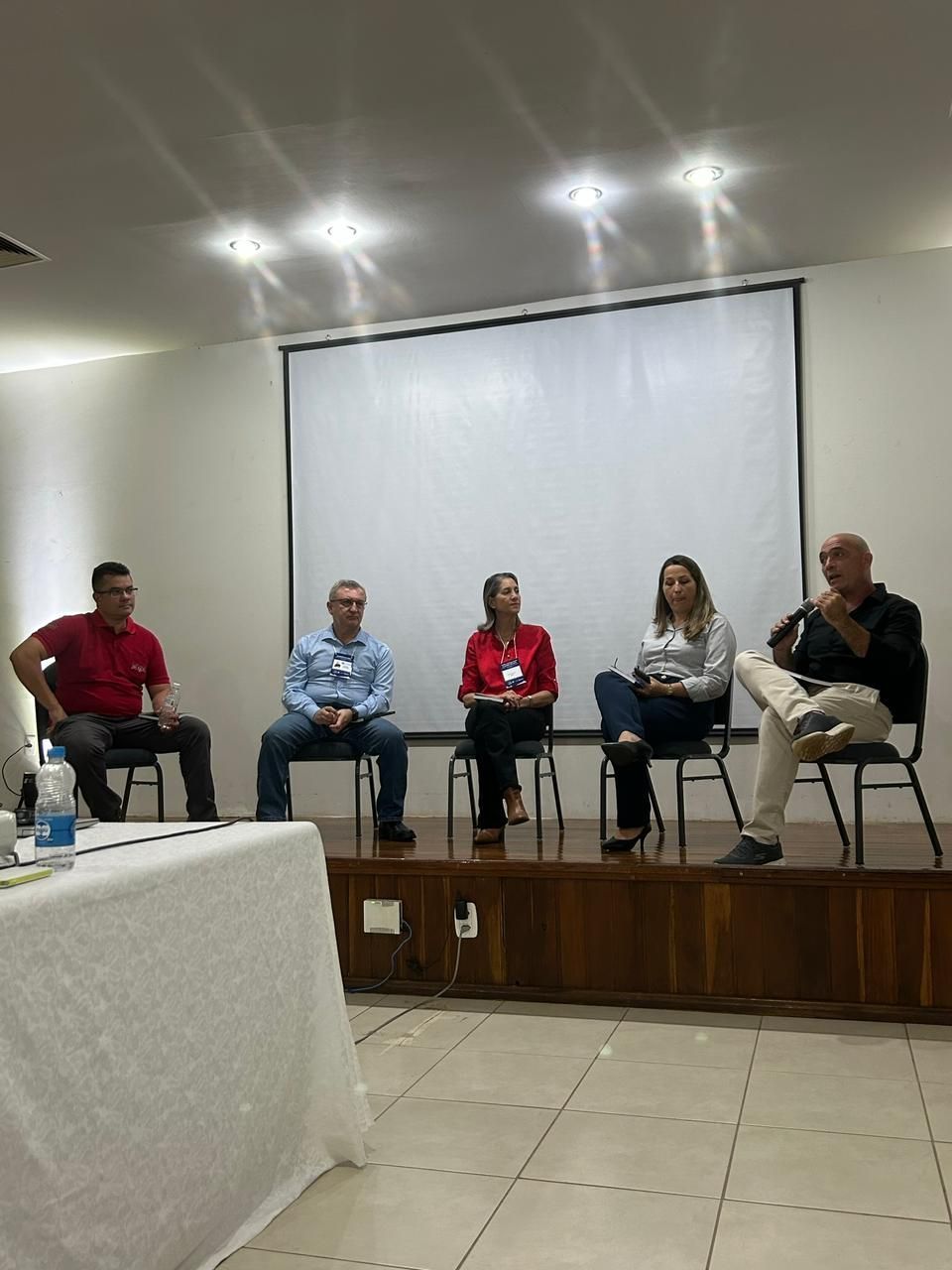
Conheça nosso App

Our Educational Videos
Somaticell on Social Networks


